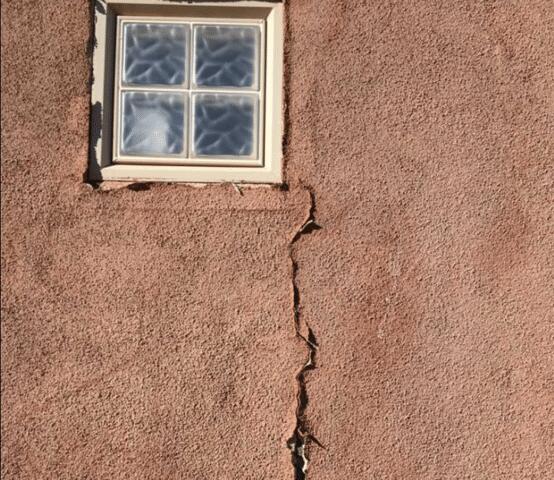
Symptoms of Foundation Problems - 1
Some signs of foundation problems can get so visible that they can be seen from the exterior of the house, as shown in this image.
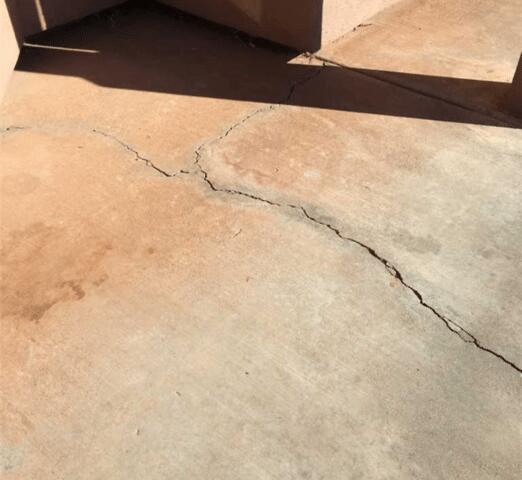
Symptoms of Foundation Problems - 2
Cracks on the floor might be the first cracks to appear when there is a foundation issue. However, most people have flooring tiles covering those cracks, and when the Homeowners notice them, it might be too late.
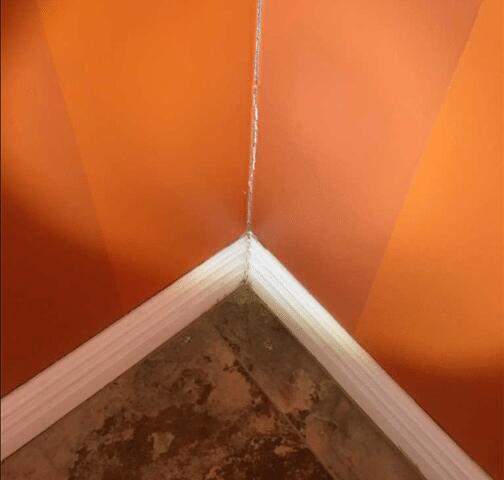
Symptoms of Foundation Problems - 3
Some cracks can even extend from the floor to the walls, as seen in this photograph.
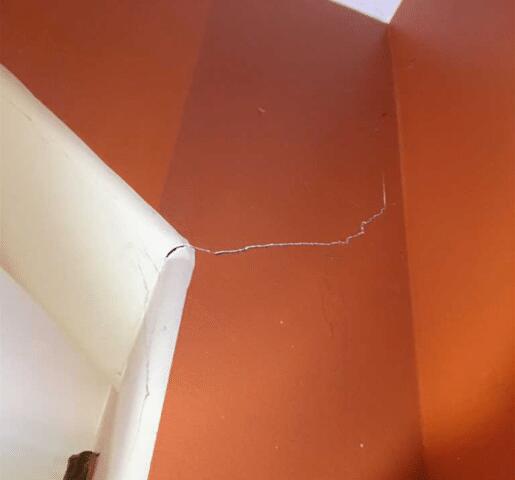
Symptoms of Foundation Problems - 4
Cracks by the door can be one of the worse threats since these cracks tend to get larger and even reach the ceiling, making the foundation problem impossible not to notice.
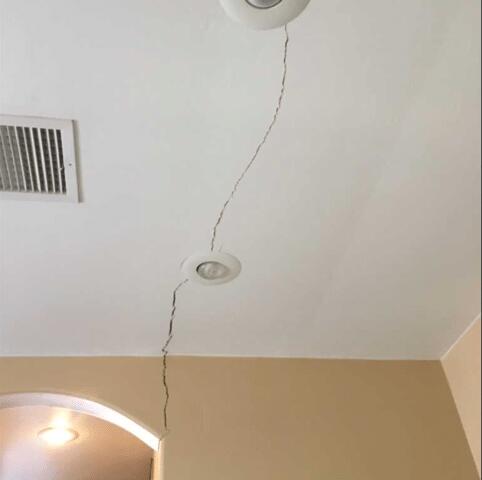
Symptoms of Foundation Problems - 5
This is a clear example of a crack that went too far. The problem with expansive soil is that it can shrink or expand, depending on the moisture level on the soil, making the house's structure gets damaged, as seen in this picture.
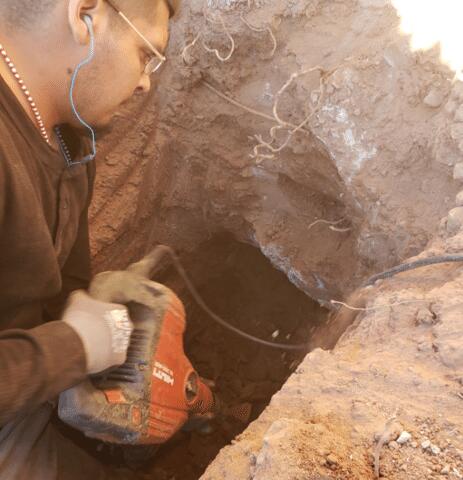
Underpinning Process: First Steps
Heavy machinery needs to get used whenever our foundation experts are digging holes. The soil gets harder as our foundation professionals dig deeper, so they need to improvise and use the provided tools to soften the dirt.

Underpinning Process: Excavators
Excavators are needed on many occasions since our foundation professionals can encounter heavy rocks or even roots on their way that might delay the project.
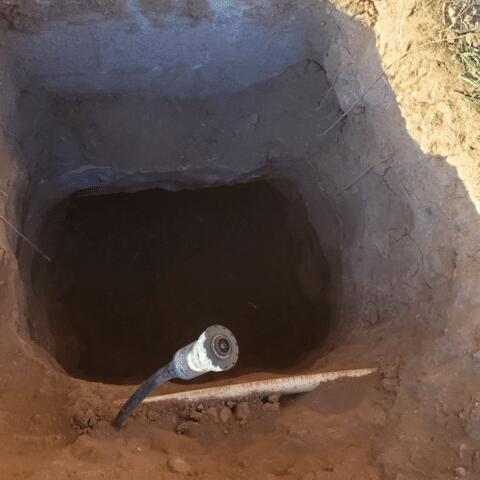
Underpinning Process: How deep do we dig?
One common question we get all the time is what is the right depth we need to reach, and the answer is different for each homeowner since every house is different in many ways.
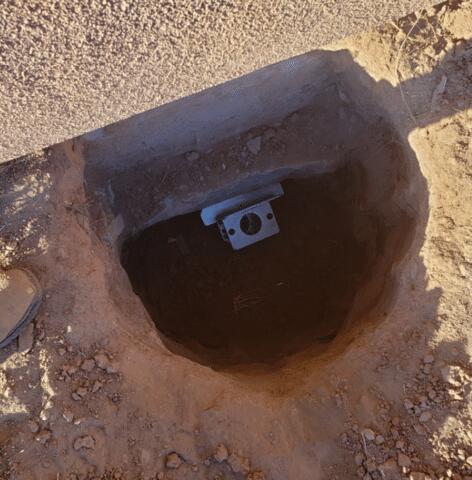
Underpinning Process: Location
Each location for each pier is selected by our engineering department, but before doing so, they need to analyze the whole land and take topographic maps to know what the real problem and the type of foundation support the house needs.
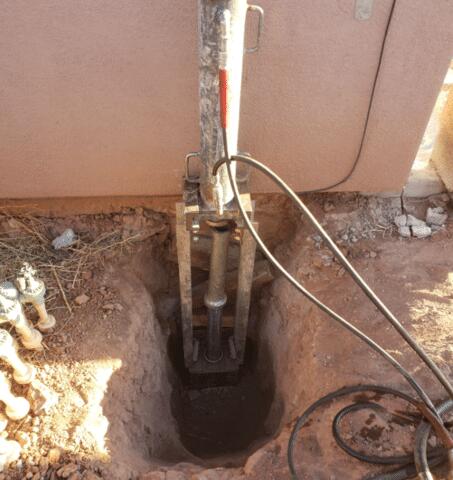
Underpinning Process: Reaching the Strata
Each pier needs to get drilled until it reaches the strata to get stabilized and provide the expected support.
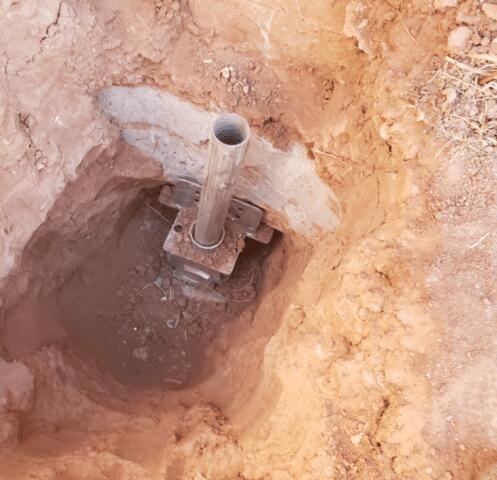
Underpinning Process: Right Angle
When drilling each pier, our foundation professionals need to make sure that every pier is at the right angle; otherwise, the support will not be the expected and can cause the whole underpinning system to fail in the future if one or more piers did not get installed correctly.
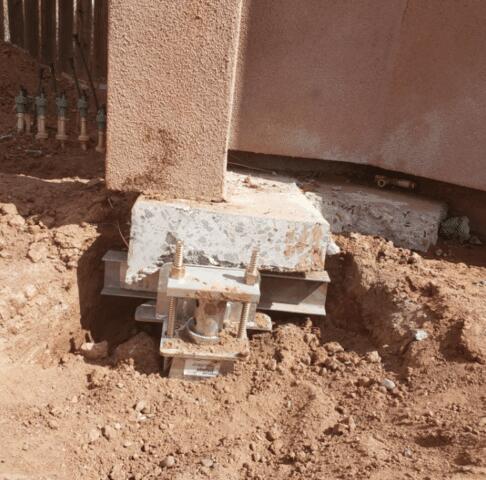
Underpinning Process: Exceptions
Some foundations might be more exposed than others, and the pier does not have to get drilled as deep as the other, as shown in this image.

Underpinning Process: Last Assessment
Right before permanently installing each pier with its bracket, our Homeowners' heroes need to complete the last assessment to determine if it is wise to lift the house's foundation back to its original position.
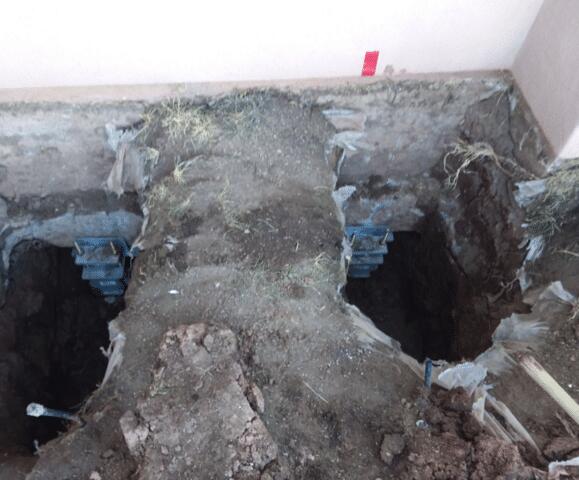
Underpinning Process: Distance is Key
The distance between each pier is crucial because depending on how close or far away each pier is from the other, they provide a different level of support to the specific area of the room.
